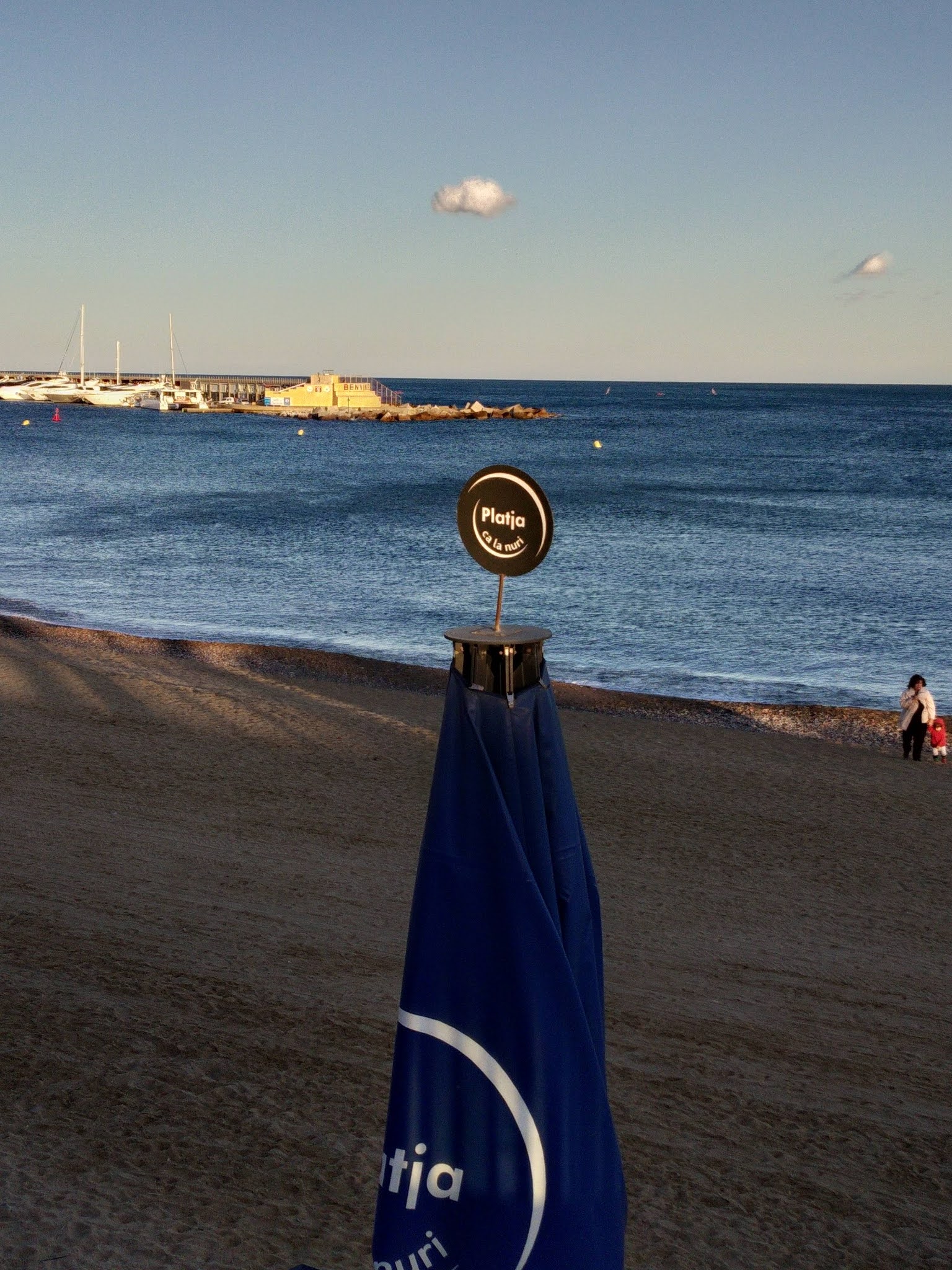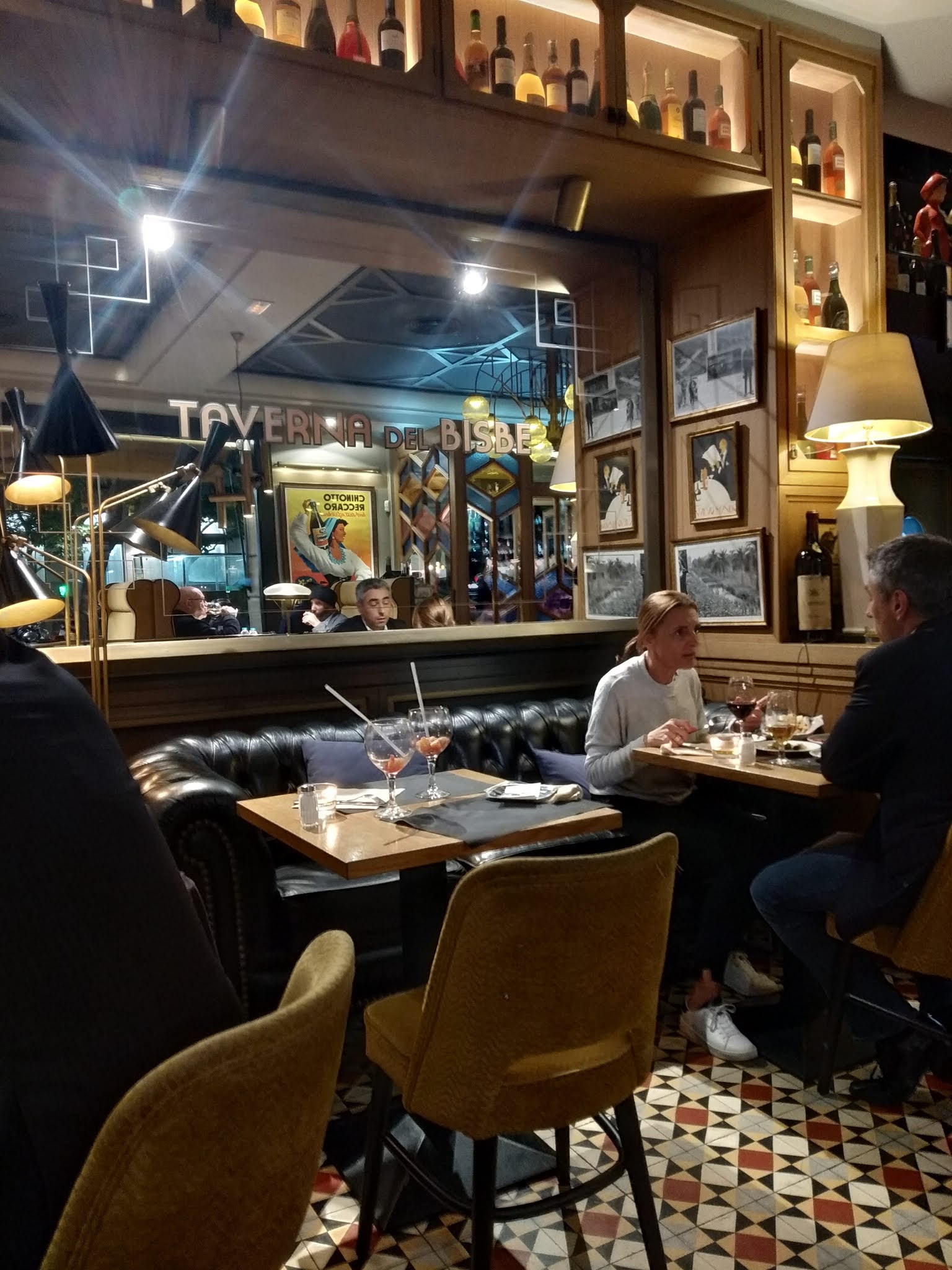Barcelona SPAIN
A fascinating country. An engrossing history. And exotic in every sphere. The thrilling story of the Spanish Armada; the chivalric romances of the errant knight Don Quixote; the daredevilry of the brave Matadors in tackling the bulls continue to fascinate me. The Romans, the romantic Moors who ruled for almost 800 years, the swashbuckling Spaniards who demonstrated their prowess as conquerors, explorers, bullfighters, flamenco dancers, football players all seemed to be beckoning me to unravel the mysteries of this captivating land. Finally, in 2019, we chalked our visit to Spain. My traveling companion (my wife) is an ardent learner of Spanish, which proved to be a forte during our journey to Spain.
Our adventure in Spain started with Barcelona.
We flew into this city from Frankfurt. Surprisingly Barcelona's El Prat International Airport (also known as BCN) wore an ordinary look, in unexpected contrast to the jazzy name and character of the place. I had booked two tickets in advance by Barcelona’s Aero Bus which takes passengers to the city center. After alighting at the City Center Bus Terminus, my wife opened her Google map on her smartphone so as to lead us to our hotel. We traversed a square livened by a handicrafts market, strums of guitar wafting and echoing from the walls of the ancient Roman remains bordering the square at one end, the aura of the Cathedral, and the tempting aroma and soft radiance from the popular restaurants we passed by. The most joyous moment was the location of our hotel. The balcony overlooked the busy Via Laietana. Right below in the same building was a huge cafeteria, where we enjoyed our breakfast every morning of our stay. Yes, we were in the city’s downtown area. Impinged by the famous historic neighborhood ‘Gothic Quarters’.
On the left of the hotel building, the narrow road leads through a busy marketplace. There are quite a few cobbled lanes and by-lanes leading to the famous nineteenth-century porticoed plaza known as Plaza Reial. The fine arcade, palm trees, and lamps in the plaza were all designed by Barcelona’s celebrated architect Antony Gaudi. With restaurants all around, the place is ideal for relaxation in the evenings. But our prime interest was to locate the famous Tapas Bar ‘Bodega Biarritz’. The Tapas Bar, since 1881, happened to be located near the Plaza Reial. They offer eight-course tapas made of ham, sausage, veal, etc., followed by a glass of Sangria. A grand experience! The Picasso Museum, the Churreria Laietana for yummy Churros are all located across the Via Laietana – all a stone’s throw from the hotel. The Mediterranean Sea and the beaches were also quite near, about five or six stops by public transport. From the Roman era till centuries later Barcelona earned a seafaring reputation. The beautiful profile of a hotel building seen from a distance enhances the beauty of the beach. More so during sunset, when it looks like a huge cardboard cutout. So prominent that it has possibly become symbolic of Barcelona.
The Majestic Arc de Triumph, the Chocolate Museum, Gaudi’s Park Guell are some of the other places we visited in Barcelona. The Chocolate Museum (Museo de la Xocolota) is unique in the sense that everything from the entry ticket to various models inside is all made of chocolate. Barcelona was the first European port to get cocoa and chocolates brought by the Spanish conquerors from South America. Although Columbus was aware of the existence of cocoa in South America, he was not aware of its magical power. That’s why chocolates had to wait for about a century or two before the Spaniards got the taste of it. There are audiovisual shows on how chocolates are made, the history of chocolates, the influence of chocolate on art and bakery, etc. inside, along with types of machinery and tools for making chocolates and cocoa powders. There is a nice café at the exit point of the museum where I enjoyed a delicious cup of hot chocolate. My wife bought some chocolates and cocoa powders, especially for our daughter-in-law Mandakini who runs an exotic bakery in Delhi.
Facing the museum building, on the other side of the road, a building caught our attention. The architecture, as also the profile, closely resembles the historic nineteenth-century Glass Upasana Mandir (temple) set up in Santiniketan where our great poet Rabindranath Tagore set up Visva Bharati University.
Another icon of Barcelona is Park Guell. It is accessible by an efficient public transport system. It is located on Mount Caramel Turo and has now earned the stature of World Heritage Site by the virtue of unique architectural elements embedded in the park by Antoni Gaudi. The hillsides leading to the park overlook the sea and the city. A lot of vendors, some from Pakistan and some from Haryana line up the path leading to the park with their wares like souvenirs, caps, jewelry, etc. (a very familiar scene found at important sightseeing places in India). I have seen many famous parks in the world, but this appeared to me unique-one of its kind. The architecture seems to blend with the rocky terrains, the palm trees and nature’s green creating a tranquilly strange image. To me, it appeared to be stepping into Alice’s peculiar Wonderland.
Back to the hotel in the evenings and stepping out to the Gothic Quarters below was breezily enjoyable. Frankly speaking, I had Sangria for the first time in Barcelona and instantly got so addicted to it, that every evening of my stay in Barcelona I would go to a small joint and enjoy Sangria with loads of ice. The place was close to Jaume metro station and facing the ancient Roman wall and moat. What attracted me more was a crowd of locals who gathered there to enjoy their evenings. For our dinner, we mainly tried seafood delicacies at some of the many Spanish restaurants and bars dotting the place.
--------to continue
Photo credit: Arundhati Sengupta (Ruby)
 |
| Gothic Quarters Barcelona |
 |
| A Barcelona Street |
 |
| Barcelona |
 |
| A night view of Via Laietana |
 |
| A tempting menu card for the foodies |
 |
| A Spanish seafood delicacy |
 |
| Bodega Biarritz, a famous Tapas Bar in Barcelona |
 |
| Items available at the Tapas Bar |
 |
| Interior of one of the oldest Tapas Bars in Barcelona |
 |
| Inside the Tapas Bar |
 |
| A part of 8-course Tapas |
 |
| Plaza Reial designed by Gaudi |
 |
| The food court at Plaza Reial |
 |
| Sea Beach Barcelona |
 |
| The iconic view of the hotel has become a symbolic image of Barcelona |
 |
| Barcelona |
 |
| Arch de Triumph Barcelona |
 |
| Tavern-a restaurant in Barcelona |
 |
A Spanish seafood
delicacy |
 |
| This narrow street in Barcelona leads to Picasso Museum |
 |
| A glasshouse in Barcelona. The architecture has remarkable semblance to the Upasana Mandir (Prayer hall) in Santiniketan |
 |
| Upasana Mandir or Kanch Mandir,Visva Bharati University Santiniketan.The walls are of Belgian glass and boast of being the first building to come up with Santiniketan Griha during the second half of the nineteenth century. Was set up by Rabindranath's father Rishi Debendranath |
 |
| Santiniketan's Upasana Mandir in the night |
 |
| Park Guell, another architectural masterpiece of Antony Gaudi |
 |
| Park Guell |
 |
| Park Guell |
 |
| Chocolate Museum Barcelona |
 |
| Chocolate Museum |
 |
| Made of Chocolate |
 |
| Made of Chocolate |
 |
| Obelix made out of chocolate |
 |
| Tintin made out of chocolate |
Booking.com































Comments